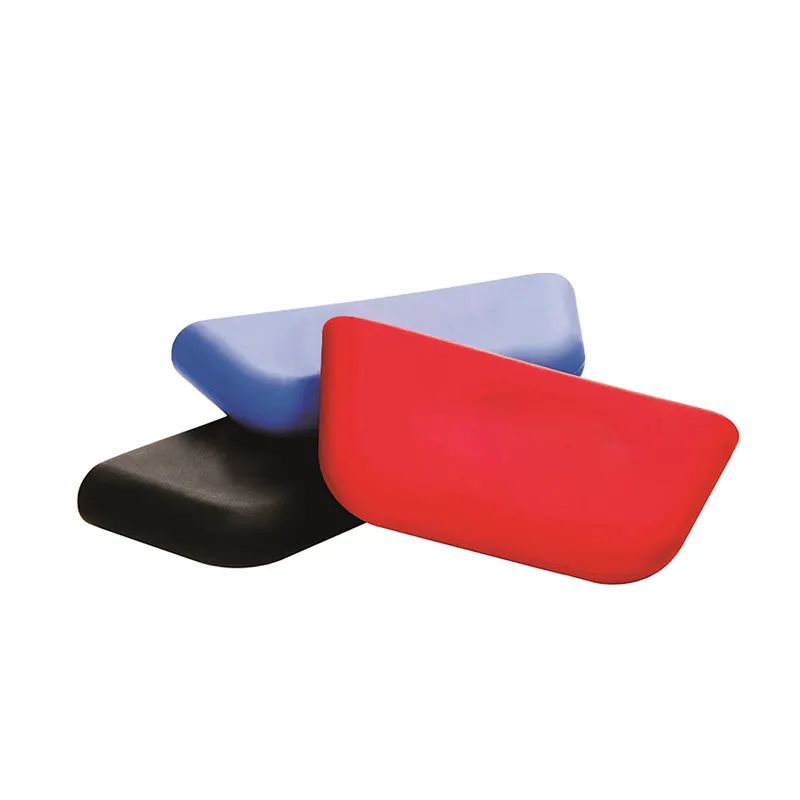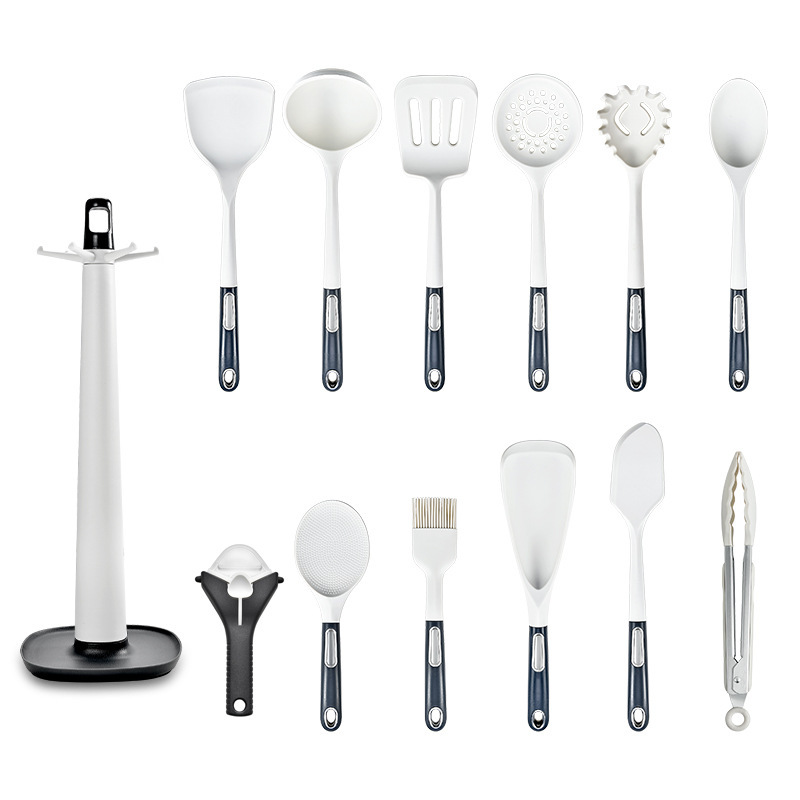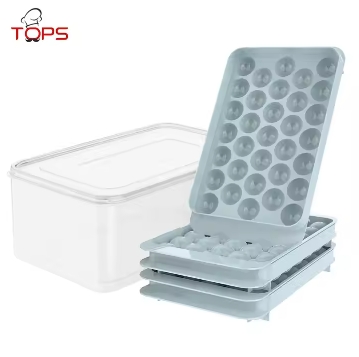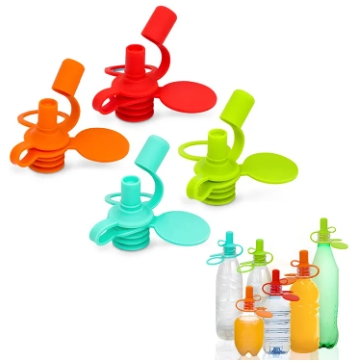Working principle of rubber diaphragm
Date: 2024-08-15 Categories: FAQ Hits: 174
The diaphragm pump is a special type of volumetric pump. It relies on the back-and-forth movement of a rubber diaphragm to change the volume of the studio to inhale and discharge liquid. The pneumatic diaphragm pump is mainly composed of two parts: the transmission part and the diaphragm cylinder head. The transmission part is the driving mechanism that drives the diaphragm to move back and forth. Its transmission forms include mechanical transmission, hydraulic transmission and pneumatic transmission, among which hydraulic transmission is the most widely used. The working part of the diaphragm pump is mainly composed of a crank-connecting rod mechanism, a plunger, a cylinder, a diaphragm, a pump body, a suction valve and a discharge valve. Among them, the driving mechanism composed of a crankshaft connecting rod, a plunger and a cylinder is very similar to a reciprocating plunger pump. Rubber diaphragm Rubber diaphragm Rubber diaphragm
When the diaphragm pump is working, the crank-connecting rod mechanism drives the plunger to reciprocate under the drive of the motor. The movement of the plunger is transmitted to the diaphragm through the working liquid (usually oil) in the cylinder, causing the diaphragm to move back and forth.
The cylinder head of the pneumatic diaphragm pump is mainly composed of a diaphragm to separate the transported liquid and the working liquid. When the diaphragm moves to one side of the transmission mechanism, the pump cylinder works under negative pressure and sucks the liquid. When the diaphragm moves to the other side, the liquid is discharged. The transported liquid is separated from the working liquid by the diaphragm in the pump cylinder, and only contacts the pump cylinder, the suction valve, the discharge valve and the pump side of the diaphragm, but not the plunger and the sealing device. This allows important parts such as the plunger to work completely in the oil medium and be in good working condition.
The rubber diaphragm needs to have good elasticity. Depending on the different media in contact during work, it also needs good corrosion resistance. Commonly used materials are polytetrafluoroethylene, EPDM, NBR, NR, and other rubber materials.

 Silicone Assist Hot Handle Hol...
Silicone Assist Hot Handle Hol...  Custom aramid fabrics oven glo...
Custom aramid fabrics oven glo...  Long Waterproof Non-Slip Silic...
Long Waterproof Non-Slip Silic...  Barbecue1800 F heat-resistant ...
Barbecue1800 F heat-resistant ...  Hot Selling Eco-friendly Non-s...
Hot Selling Eco-friendly Non-s...  Kitchen Strainer And Colanders
Kitchen Strainer And Colanders  Metal Colander
Metal Colander  Metal Colander with Wooden Han...
Metal Colander with Wooden Han...  Set Of Three With Bamboo Handl...
Set Of Three With Bamboo Handl...  Silicone Kitchenware Set
Silicone Kitchenware Set  BPA Free Collapsible Water Buc...
BPA Free Collapsible Water Buc...  6 Pack Silicone Popsicle Molds...
6 Pack Silicone Popsicle Molds...  BPA free Homemade Popsicle Ice...
BPA free Homemade Popsicle Ice...  Cylinder Silicone Ice Lattice ...
Cylinder Silicone Ice Lattice ...  Round Ice Cube Maker Mold Ice ...
Round Ice Cube Maker Mold Ice ...  BPA Free 33 Cavities Plastic M...
BPA Free 33 Cavities Plastic M...  New Preservation Silicone Brea...
New Preservation Silicone Brea...  New Preservation Silicone Brea...
New Preservation Silicone Brea...  Baby Water Bottle Cap Silicone...
Baby Water Bottle Cap Silicone...